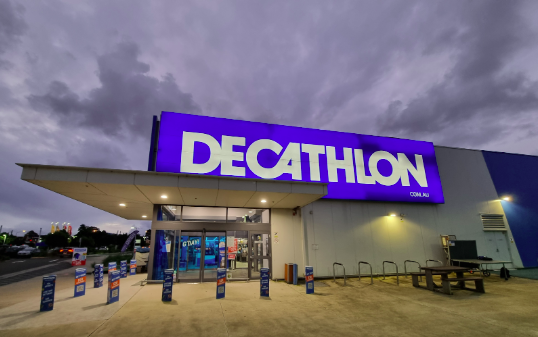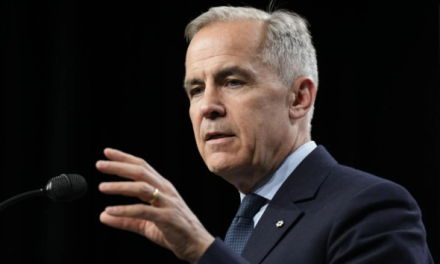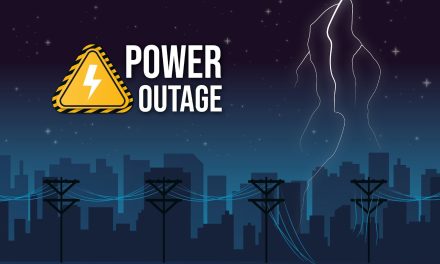In a move that has surprised many fans of the popular sporting goods brand, Decathlon is officially shutting down five of its stores in the Greater Toronto Area (GTA) in 2025. Known for its massive inventory of affordable gear, in-house sporting brands, and experiential retail setups, the French retailer’s decision to scale back has sparked discussion around the future of big-box retail in Canada—and what this means for communities that rely on accessible, budget-friendly sporting equipment.
Let’s dive into the reasons behind this shift, the locations affected, and what consumers can expect next.
The Five GTA Stores Closing Their Doors
While not all locations have been officially named yet, one store—Decathlon Union Station—is confirmed to be closing by April 6, 2025. This store, located in the heart of Toronto’s bustling downtown, was one of Decathlon’s “City” concept stores, meant to provide convenient pickup options and essential items for commuters.
Other closures are expected to include both smaller urban formats and underperforming suburban outlets, with internal reports and customer observations pointing to locations that lacked foot traffic or sufficient sales conversions. These closures represent a strategic pullback rather than a full retreat, signaling a shift in how Decathlon intends to serve the Canadian market moving forward.
Why Is Decathlon Closing These Stores?
The decision isn’t entirely about failure—rather, it reflects a realignment of strategy. Decathlon is shifting its focus from urban convenience to destination-style retail experiences.
Here’s what’s driving the change:
- Lower conversion in urban hubs: While Union Station’s store saw heavy foot traffic, much of it didn’t translate into sales. The limited inventory didn’t justify the high lease costs.
- Focus on large-format stores: Decathlon thrives in larger, experiential spaces where customers can test bikes, try out gear, and access full-service support. Smaller “City” locations simply didn’t offer the same value.
- Online growth: The brand has seen an uptick in e-commerce orders and click-and-collect models, reducing the need for multiple small-footprint storefronts.
- Operational optimization: Trimming the retail network allows for better resource allocation to more successful stores and the development of flagship locations.
What This Means for Canadian Shoppers
For Canadian customers—particularly those in downtown Toronto—the closure of these stores may be inconvenient, especially for last-minute purchases or quick pickups.
However, shoppers can still:
- Order online through Decathlon’s website with delivery or pick-up options from suburban locations like Vaughan, Brampton, or Burlington.
- Visit destination stores for a full range of products, sporting services, bike workshops, and even community events.
This shift echoes broader trends in Canadian retail, where brands prioritize larger locations with greater customer engagement over numerous smaller stores that can’t deliver a full brand experience.
A Look at the Union Station Closure
Union Station’s Decathlon store opened with much fanfare. Its location in one of Canada’s busiest commuter hubs was strategic—designed to serve office workers, cyclists, and tourists. However, the reality was different.
Limited square footage meant fewer in-stock products. Many items had to be ordered online for pickup, and impulse purchases were rare. In the end, the concept didn’t scale as hoped. A store employee recently confirmed the shutdown, thanking customers for their support and inviting them to continue shopping at other GTA locations.
The Bigger Picture: Decathlon’s Position in the Canadian Market
Despite the closures, Decathlon is not exiting Canada. In fact, the company appears to be doubling down on regions where large-format stores perform well.
Their Canadian strategy now mirrors global moves seen in markets like the U.S., where Decathlon exited certain cities but remained committed to online growth and major flagship stores.
Expect to see:
- Enhanced suburban shopping hubs with full-service departments. Learn how other major retailers are innovating with exclusive perks such as early access and convenience options in our article on Costco’s return of early shopping hours for Executive members.
- Expanded e-commerce and mobile app tools.
- Community programs hosted out of larger stores, encouraging sports participation and accessibility.
- Data-driven optimization, echoing strategies seen in other sectors—for example, take a peek into our evaluation of financial analysts’ perspectives on car rental stocks to understand how expert insights shape retail and logistics decisions.
Impact on Local Communities and Small Businesses
The store closures also bring economic ripple effects—particularly for local employees, fitness groups, and neighborhood partners who relied on Decathlon for sponsorships, event support, or community outreach.
However, this shift opens the door for smaller Canadian brands and local sporting goods stores to step in and serve niches that Decathlon may no longer cover.
What Consumers Can Do Next
To make the most of Decathlon’s evolving presence:
- Bookmark key locations like Vaughan Mills or Brampton, which are likely to remain operational.
- Sign up for Decathlon’s newsletter to get updates on new store formats or exclusive product drops.
- Stay local when possible, supporting community-owned sporting retailers that offer personalized service and Canadian-made products.
Final Thoughts
Decathlon’s decision to close five GTA stores may seem like a setback for urban shoppers, but it represents a strategic recalibration rather than a retreat. As consumer habits evolve, so too must the businesses that serve them. By prioritizing strong-performing stores and online platforms, Decathlon is adapting to a hybrid retail model that could serve Canadians even better in the long run.
For fans of the brand, now is the time to explore alternative shopping methods, enjoy larger experiential stores, and stay informed as Decathlon continues to shape the future of sports retail in Canada.






